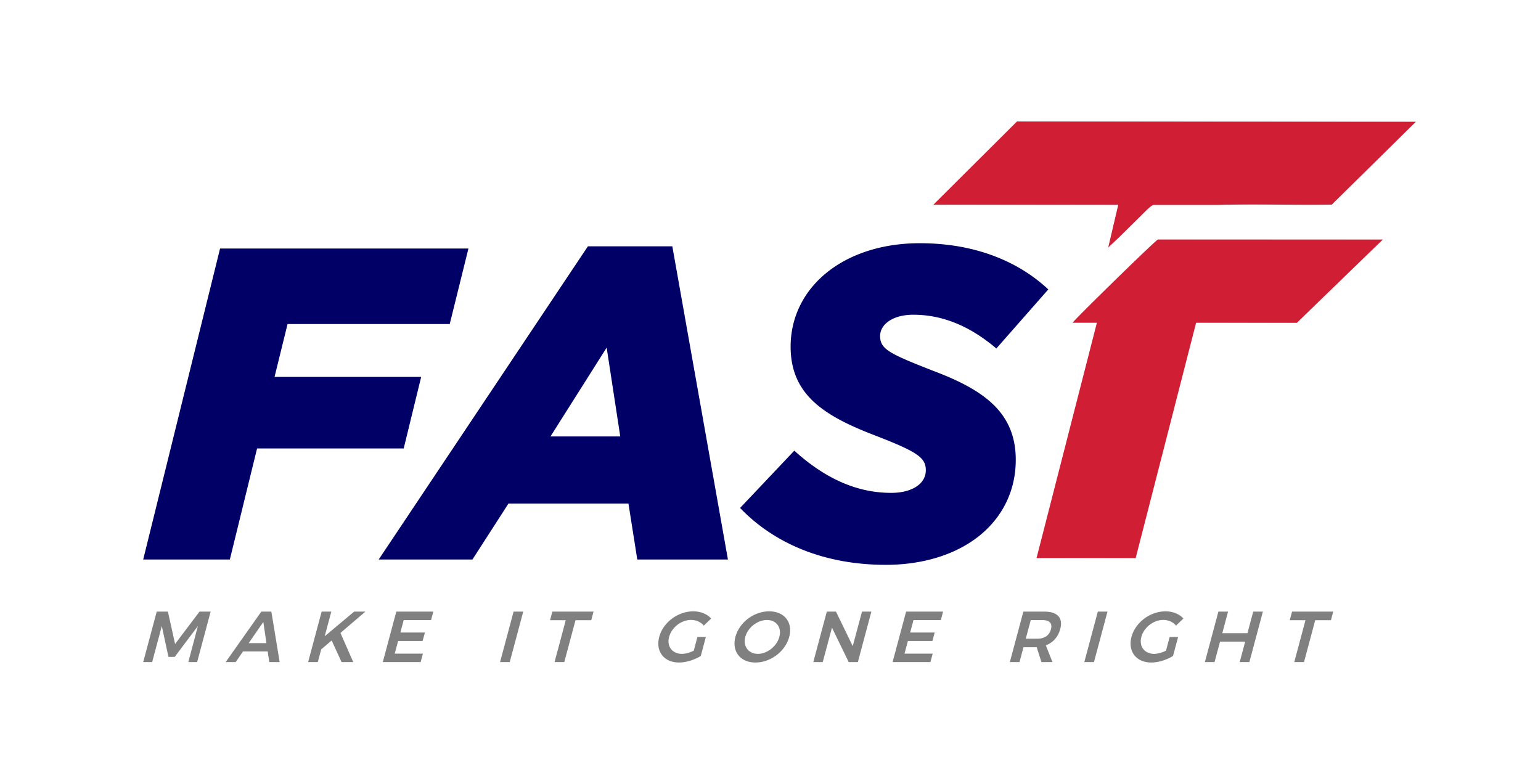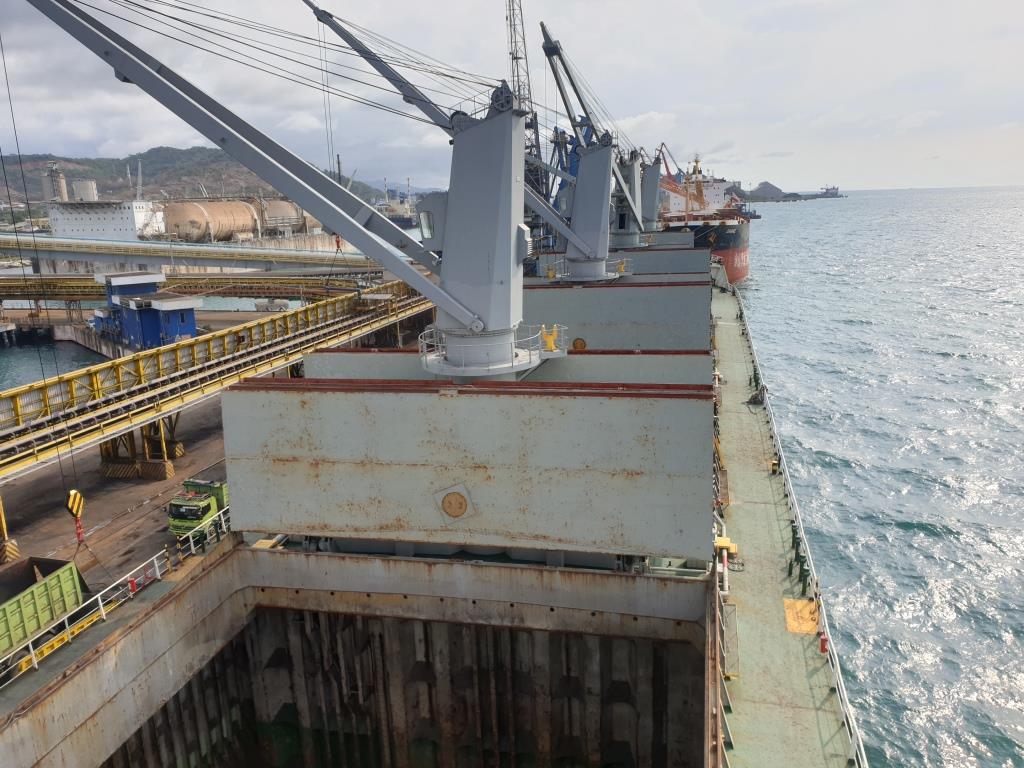In the maritime industry, surveys are critical tools for reducing risk and ensuring that vessels remain safe, compliant, and commercially viable. Two of the most requested inspections are the Pre-Purchase Survey and the P&I Condition Survey. While both provide valuable insights into a vessel’s condition, their purposes, scope, and end-users are different. For shipowners, charterers, and insurers, understanding these differences is essential when deciding which survey is required.
What Is a Pre-Purchase Survey?
A Pre-Purchase Survey is conducted when a buyer is considering the acquisition of a vessel. Its objective is to give the buyer a complete picture of the ship’s condition before committing to a transaction. The surveyor examines critical areas such as:
• Hull and Structural Integrity – checking for corrosion, cracks, or repairs.
• Machinery and Systems – main engine, auxiliaries, and critical equipment performance.
• Safety and Compliance – firefighting equipment, lifesaving appliances, ISM Code implementation.
• Documentation and Certificates – class status, maintenance history, and statutory compliance.
The outcome is a detailed, unbiased report that helps the buyer make informed decisions, negotiate price adjustments, or request corrective action from the seller. In many cases, a Pre-Purchase Survey prevents costly surprises and protects buyers from hidden defects.
What Is a P&I Condition Survey?
A P&I Condition Survey is requested by Protection & Indemnity Clubs (P&I Clubs) when a shipowner applies for membership or when concerns about a vessel’s condition arise. The goal is to evaluate whether the vessel meets the Club’s standards for seaworthiness and risk management. The survey focuses on:
• Structural and Cargo Worthiness – ensuring the ship is capable of carrying cargo safely.
• Safety and Emergency Equipment – verifying that all lifesaving and firefighting systems are operational.
• ISM & SMS Effectiveness – assessing real-world safety management and crew competency.
• Operational Readiness – watertight integrity, mooring systems, and navigation equipment.
The findings are reported directly to the P&I Club, which then decides whether to accept the vessel, request improvements, or impose conditions of cover. Unlike a Pre-Purchase Survey, the P&I Condition Survey is not for transactional purposes but for risk prevention and loss mitigation.
Key Differences Between the Two Surveys
• Purpose: Pre-Purchase is for buyers making an investment decision, while P&I Condition Survey is for insurers managing liability risk.
• Scope: Pre-Purchase looks at commercial, technical, and financial aspects, whereas P&I surveys focus heavily on safety and loss prevention.
• End-User: Pre-Purchase benefits buyers or financiers; P&I Condition Survey benefits the P&I Club and indirectly protects shipowners from future claims.
• Outcome: Pre-Purchase findings may affect purchase price; P&I Survey findings affect insurance coverage and risk exposure.
Why Both Are Important
For shipowners and operators, both surveys serve complementary purposes. A Pre-Purchase Survey protects capital investment, while a P&I Condition Survey protects operational integrity and insurance coverage. Together, they provide a comprehensive risk management strategy.
Conclusion
In a high-stakes industry where margins are slim and risks are high, clarity matters. A Pre-Purchase Survey ensures buyers do not inherit hidden problems with a vessel, while a P&I Condition Survey ensures the vessel continues to meet safety and compliance standards required by insurers. Understanding the difference allows shipowners, buyers, and managers to request the right survey at the right time—ultimately safeguarding both assets and reputation.


 Chat WhatsApp
Chat WhatsApp 